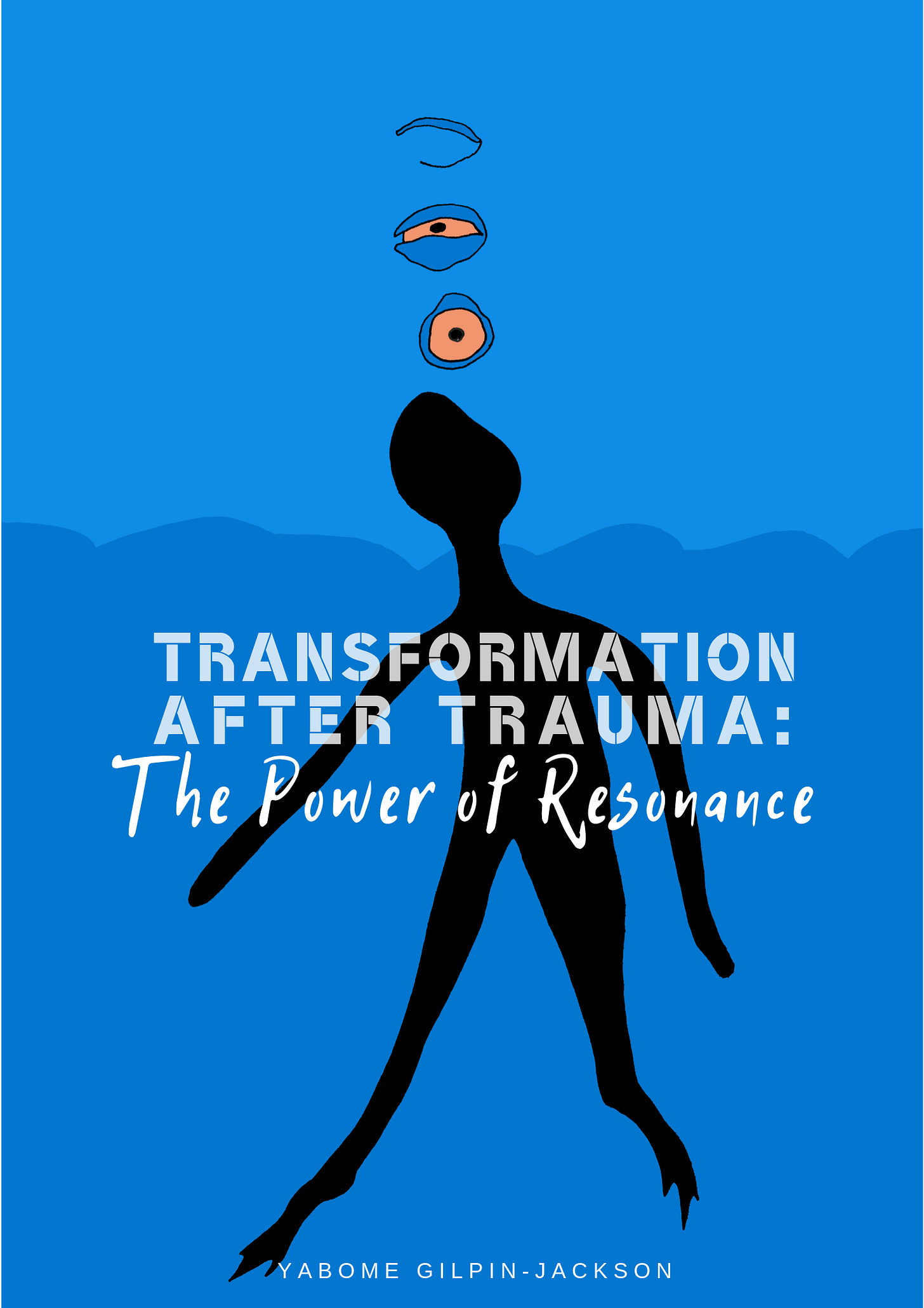Photo by Soundtrap on Unsplash
In a recent discussion about my work and writings, a colleague who was coaching me on some of my emerging ideas asked simply: Well, what resonates most with you? As a musician, they then went on to describe musical resonance. In the physics of sound, the principles of vibration, frequency and energy transfer are what enable a musician to connect with an instrument and a listener to experience deep, emotional and/or spiritual response to the music. This of course, applies to other forms of art and we can also experience energy transfer that creates either positive resonance or negative resonance. We can literally think of human connection as the experience of vibrating at the same frequency as another person or in response to an event, object or set of circumstances. When I hear my kids and their cousins say things like: “I’m vibing with your ideas…,” they are essentially saying this or that resonates with me.
This conversation about musical resonance nudged me to explore its connection to resonance as a key to personal or collective transformation and as a wellbeing and flourishing strategy, in addition to its role in posttraumatic growth. In my work, I have defined Resonance as a moment of awakening, through personal stories, that opens space or creates an opportunity for transformative learning. Resonance can lead to a fundamental shift from stuck and even traumatic narratives because of a deep interior connection to something that matters so fundamentally to oneself, that it inspires a transformational shift and transformative action. So what can we learn from musical resonance about resonance in human relationships?
1. Attunement: Finding the Right Frequency
In music, an instrument must be in tune to resonate properly. Similarly, people need attunement—the ability to be fully present and responsive to another’s emotions and experiences. Resonance happens when someone truly “sees” and “hears” another without judgment, offering that essential ingredient of human connection.
This is why in traumatic contexts, people are better able to understand their experiences, heal and find their agency, when they share their stories with someone who listens deeply, without trying to “fix” them. The attunement of being heard unlocks insights and clarity. This mirrors how certain frequencies in music complement each other, creating harmony rather than discord.
In the world around us today, I am wondering: How might we create more positive frequencies around us? What do I want to tune into and what attunement must I let go of for my own wellbeing and flourishing; and perhaps for those around me through positive energy transfer?
2. Amplification: Uncovering Strength in Stories
Just as a guitar body amplifies the sound of its strings, connections that create resonance amplifies human flourishing. In my work, I have highlighted that storytelling supports posttraumatic growth and transformation when it unlocks resonance. Spreading resonance through collective processes of amplifying positive stories whether through dialogue, story circles, community groups, healing spaces and even through art and music can give voice to painful experiences but also creates space for healing, transformation and human flourishing. When someone hears a song that expresses exactly what they feel, it can resonate deeply, giving them the opening they need to examine their own emotions and stories. The same happens when people witness stories similar to their own—hope becomes louder and possibilities come alive.
What stories must we amplify at this time of a world in global reckoning?
3. Harmony: Co-Creating New Possibilities
Resonance in music isn’t just about sound—it’s about harmony. When different notes are played together in the right way, they create something beautiful and cohesive. In the same way, flourishing and healing/posttraumatic growth happens when individuals, families, and communities come together to create new, harmonious possibilities.
Is harmony possible in these times? What do new possibilities for collective human flourishing that create positive resonance look like?
I once worked with a client to strategize amplifying resonance within their organization as a course-correction for some internally traumatic events they had experienced, as well as a lens for their work with a vulnerable population. In finalizing our work together, their main reflection was to make resonance conscious and hang on to it! In discussing that example, I wrote this in my book on Transformation After Trauma: The Power of Resonance. I reshare it here, as it feels very appropriate for these times in our world:
Making Resonance conscious and hanging on to it! Getting to that level of connectedness to ourselves and others through Resonance such that transformational change and action happen is a requirement for humanity in our times. As outlined in the preceding chapters, the individual, organizational and socially traumatic circumstances we face are realities that we must address and continue to transform and thrive within – what is our alternative? For man-made traumatic situations, we must of course strive and work relentlessly to do all we can to end these forms of avoidable traumas. For example, in the context of war within which this work originated, the ideal is that we will reach that level of human development in which we substitute war for peaceful negotiations, even when that is painful. To a person, each interviewee from the original study said they wished no one would ever have to suffer the trauma they did. And in fact, they all have become transformational leaders to make that wish a reality.
Imagine a world in which we notice our own conflictual escalations as individuals, groups in organizations, communities and nation states, connect to Resonance and return to what matters. A world where we collectively operate at those higher order levels of development that enable us to set aside ego, learn, change and transform. That is the world I hope we create and that my children and yours inherit. I believe Resonance and the transformational development that unfolds from it provides part of the key to helping people more simply and readily access those higher-order levels of development. (pps. 110-111)
Research shows that even resonant leaders who are effective and successful because they are emotionally intelligent and in tune with those they serve need renewal. This is an antidote to the stress and burnout that can be inherent in 21st century leadership. Finding your own resonance and cultivating resonant relationships around you are effective strategies to renewal, wellbeing and flourishing.
What creates resonance for you? What might it look like for you to find your resonance, hang on to it and amplify it as a transformational leadership strategy in these times?
For more: See my book Transformation After Trauma: The Power of Resonance for practical tips and strategies for facilitating for Resonance.






